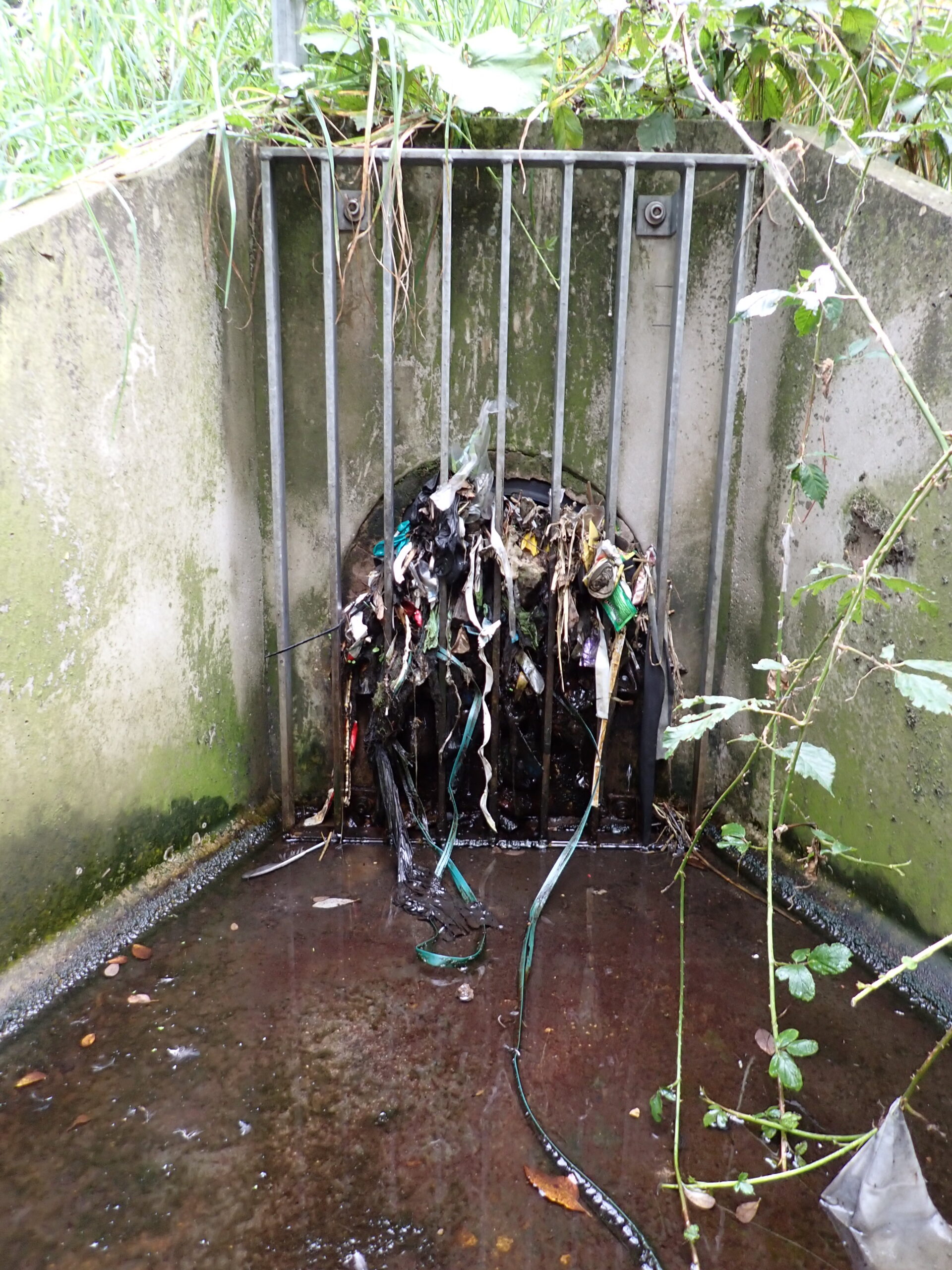AUTHORS
Kallie R. Townsend & Hsuan-Cheng Lu & David J. Sharley & Vincent Pettigrove
ABSTRACT
Microplastic pollution is concerning because it is widespread in aquatic environments and there is growing evidence of negative biological effects. Here, we present one of the first studies to examine microplastic pollution (plastic particles < 1 mm) in urban wetlands and investigate relationships between contamination and urban land use. Sediment samples were collected from 20 independent urban wetlands, each with different types of urban land use within their catchments. Microplastics were observed at all wetlands, with an average abundance of around 46 items/kg of dry sediment. Plastic fragments were the most common type of microplastic, accounting for 68.5% of all microplastics found. Consistent with other studies, microplastic abundance was positively correlated with increased catchment urbanisation. On closer examination, plastic fragments and beads correlated with catchment urbanisation. Fragment abundance also increased in wetlands with catchments that had a higher proportion of industrial land use and decreased in catchments with higher residential densities. This study demonstrates the susceptibility of urban wetlands to microplastic pollution, further highlighting the ubiquitous nature of microplastic pollution. The prevalence of microplastic fragments indicates that plastic litter degradation is a significant source of microplastics in urban environments, especially in industrial areas.
INTRODUCTION
Plastic products are used everywhere. Their versatility in a range of applications and low production price has seen plastic production increase to 311 million tonnes (MT) in 2014 (PlasticsEurope 2015). In 2010, an estimated 275 MT of
Kallie R. Townsend and Hsuan-Cheng Lu are co-first authors.
Responsible editor: Philippe Garrigues
Electronic supplementary material The online version of this article (https://doi.org/10.1007/s11356-019-04885-w) contains supplementary material, which is available to authorized users.
plastic was produced, while 4.8 to 12.7 MT ultimately ended up in the ocean (Jambeck et al. 2015). With such large quantities entering the ocean and very long degradation times, plastic pollution is one of the most serious anthropogenic problems affecting aquatic ecosystems (Avio et al. 2017).
Microplastics were recently identified as a new class of pollutant and an emerging threat to aquatic ecosystems (Avio et al. 2017; Sharma and Chatterjee 2017). They have been observed in many aquatic ecosystems around the world (e.g. Cole et al. 2011; Eerkes-Medrano et al. 2015; Hidalgo- Ruz and Thiel 2013; Van Cauwenberghe et al. 2015; Wagner et al. 2014), and there is a growing body of literature showing that they can adversely affect biota. Microplastic ingestion by organisms has been reported in both field and laboratory studies (e.g. Brennecke et al. 2015; Van Cauwenberghe and Janssen 2014; Chua et al. 2014). Some effects of microplastics include physically damaging organisms, translocating and/or bioaccumulating in different tissues, inducing inflammatory responses and decreasing metabolism (Browne et al. 2008; Rochman et al. 2014; von Moos et al. 2012). Microplastics also absorb toxic compounds, such as persistent organic pollutants (POPs) (Chua et al. 2014) and metals (Teuten et al.2009), with organisms potentially exposed to these compounds when they are ingested.
Most research on microplastics has focussed on marine and estuarine ecosystems. However, in the last 5 years, attention has shifted to microplastic pollution in freshwater environments, notably rivers (e.g. Castaneda et al. 2014; Lechner et al. 2014; McCormick et al. 2014) and lakes (e.g. Eriksen et al. 2013; Fischer et al. 2016; Free et al. 2014). Little information exists regarding microplastic pollution in urban wetlands.
Urban wetlands provide essential services for surrounding populations, such as stormwater management (flood control), aesthetic values and recreational values. They also provide essential ecosystem services, including reducing nutrients and other pollutant loads in stormwater before it enters receiving waters, as well as creating valuable habitat for wildlife in an otherwise hostile urban landscape (Hamer and Parris 2011; Moore and Hunt 2012). Unfortunately, their role in stormwater management can conflict with the ecological values they provide. Urban wetlands can become ‘sinks’ for many of the pollutants carried in stormwater runoff, which accumulate in wetlands and reach hazardous concentrations over time (Marshall et al. 2016; Sharley et al. 2017).
Monitoring pollution in wetland sediments can provide useful information about stressors to local biota and provide important information about the types of pollutants being gen- erated by urban activities, as well as where pollutants are being generated. Many of the compounds polluting urban wetlands have been well characterised, with the types and magnitude of pollution strongly linked to development inten- sity and urban land use types (Marshall et al. 2016; Sharley et al. 2017). This is not the case for microplastic pollution. The aim of the current study was to investigate the occurrence of microplastic pollution in urban wetland sediments and deter- mine if there were relationships between microplastic pollu- tion and urban land use type.







